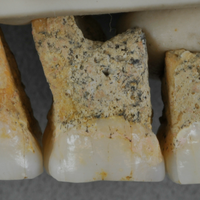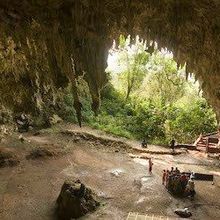Login
SubscribeHomo floresiensis

Genetics Steps In to Help Tell the Story of Human Origins
Katarina Zimmer | Sep 1, 2020 | 10+ min read
Africa’s sparse fossil record alone cannot reveal our species’ evolutionary history.

Infographic: Meet Your Ancient Ancestors and Relatives in Africa
Katarina Zimmer | Sep 1, 2020 | 7 min read
Modern human genomes and bones left behind from ancient hominins in Africa tell a complex story about the origins of our species.

New Species of Human, Homo luzonensis, Identified in the Philippines
Katarina Zimmer | Apr 10, 2019 | 5 min read
Thirteen hominin bones found in a cave are so unique that archaeologists have determined they stem from a distinct hominin species, although others question whether the researchers have enough evidence.

Gap Between “Hobbits” and Modern Humans Narrows
Tanya Lewis | Jun 29, 2016 | 1 min read
Remnants of fires indicate modern humans may have lived around the same time as Homo floresiensis.

Oldest-Known “Hobbit”-like Fossils Found
Tanya Lewis | Jun 8, 2016 | 3 min read
The 700,000-year-old teeth and jawbones of small hominins may be the oldest remnants of Homo floresiensis.
